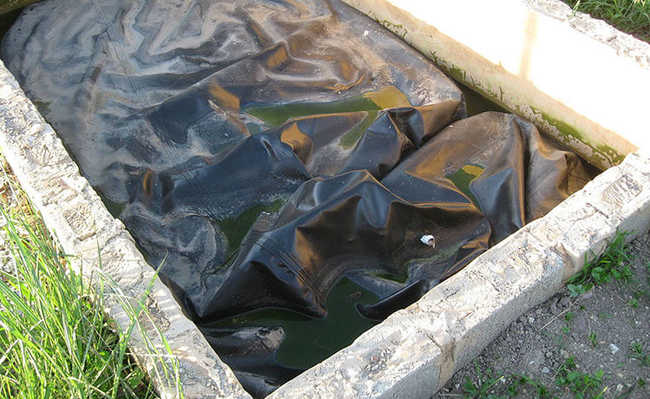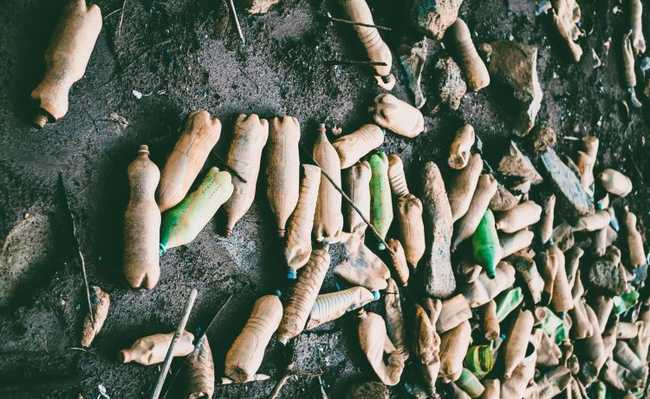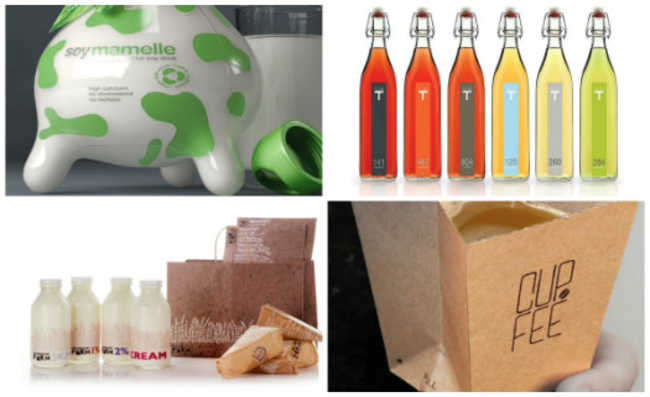Biodigestion: recycling organic waste
Garbage can be an important source of income for those who have a biodigester, a sustainable way of disposing of waste

Kyle Butler, Biodigester, marked as public domain, more details on Wikimedia Commons
What is Biodigestion?
Biodigestion of waste is a fermentation process similar to composting, but totally anaerobic (without the presence of oxygen) and its by-products are biogas and biofertilizer, which can be used. Biodigestion stabilizes solid waste turning it into simple compounds.
- What is compost and how to make it
Providing an ecologically correct destination for waste is a challenge for both the population and governments. There are numerous options, but not all are practical or financially viable. A possible solution is biodigesters. This is an interesting way to avoid the disposal of waste in dumps and landfills. Waste treated in this way still produces biogas, basically composed of two greenhouse gases (GHGs): methane (CH4) and carbon dioxide (CO²). Thus, we can obtain energy from biomass (organic waste) and produce energy, generating profit.
- What is biomass? Know advantages and disadvantages
How does the biodigester work
The method used is very simple. To start the process, it is necessary to introduce the residues or biomass, already diluted in water, in an entrance called a cargo box. Through the structure, called the loading tube, the biomass is taken to the interior of the closed biodigestion chamber. This chamber is made of masonry to isolate the biomass, that is, in the absence of oxygen (anaerobic process. Inside the anaerobic microorganisms, which do not depend on oxygen to carry out their metabolism, will decompose the organic matter transforming it into biogas and biofertilizer. As the biogas is produced, it is stored in the gasometer, which moves vertically in the guide tube according to the amount of gas generated. At the top of the gasometer there is a mechanism for exiting and directing the gas to the point of consumption. liquid and what remained of solids are removed by the discharge chamber and are stored until consumption.
These two by-products are captured to be used:
- the biogas must be directed through specific piping to a generator and can be converted into electrical energy or simply used as cooking gas. It can also be burned, but not randomly, as in some landfills, but with the purpose of replacing natural gas in some sector of the economy. Biogas is cheaper, renewable and reduces the emission of gases that intensify global warming.
- Biofertilizer is a product very rich in nutrients and is considered a natural fertilizer without chemical products. So it can be used in gardens and vegetable gardens as a fertilizer and bioinsecticide.
The process is similar to that of a composter (see more in the article "What is composting and how to do it"), but without releasing any gas into the atmosphere and with the benefit of accepting any organic waste, including animal waste and humans.
However, biodigestion alone does not solve the waste problem in cities. Efficient selective collection is needed, as only organic waste should have this destination. It would be necessary to encourage greater cooperation between the government and the population. Thus, the beginning of this entire recycling chain would start inside the homes, with the separation of recyclable from organic waste.
Where can it be used?
rural properties
In agricultural areas this technique is already more common, agricultural residues such as stalks and leaves and animal waste are generated in large quantities. Depending on the amount of biomass, biodigestion can even generate excess energy, that is, in addition to using the energy produced on site, there is the possibility of selling the remainder.
Industry sectors
The entire industry generates waste and consumes energy, industries in segments that use organic matter such as refrigerators, alcoholic beverages, paper, among others, have the advantage of installing biodigesters to produce energy for the process.
Residences
There are models of compact residential biodigesters to be installed at home and fed with your kitchen waste, the biogas can be used in the kitchen stove, the production is equivalent to one gas cylinder per month. Learn more in the article "Recolast Residential Biodigester: Transform household organic waste into cooking gas and fertilizer".
Remember to always have professional guidance to ensure equipment efficiency and user safety, biogas is a highly flammable gas.
Benefits
Biodigestion is a solution to reduce the amount of waste that is disposed of in landfills or inappropriately disposed of in dumps. Waste represents a major source of pollution these days, and the lack of space for its proper disposal is also a problem. Many developed countries already use biodigestion as a form of final destination for the population's waste.
Another advantage is the generation of by-products, biogas has high energy efficiency when converted into electricity, it can reduce electricity bills at the end of the month, or without energy conversion, it can be used as natural combustion gas, in stoves, for example. In some time, the return on investment is recovered.
Compost
Domestic composting is also another interesting destination for organic waste, but CH4 and CO², although in smaller amounts than in dumps or landfills, are released into the atmosphere. This is still a more ecological way to dispose of organic waste in small quantities (learn more in the article "Domestic composting: how to do it and benefits"). However, on a much larger scale, since it is the waste of millions of people, biodigestion is a much better process for the environment and also for the economy.
Biodigestion is also a way to generate carbon credits, a methodology that aims to recognize metrics that contribute to the control and reduction of GHG emissions. Each ton of carbon removed from the atmosphere or not produced is equivalent to a carbon credit, which can be traded on the international market. In this way, waste becomes a source of income for the municipalities, which can lead to a reduction in taxes. Furthermore, it is a Clean Development Mechanism (CDM), which aims at more sustainable economic growth.
Swedish example
Biodigesters are found more frequently in rural properties, mainly in those who raise pigs and poultry, but nothing prevents the expansion of the process in urban areas. The city of Borás, Sweden, is a model of this use. It managed to decontaminate a river by treating domestic sewage through biodigestion and also drastically reduced the volume of garbage with no economic value. This initiative also reduced the city's dependence on fossil fuels by giving preference to biogas in some sectors of the economy.










